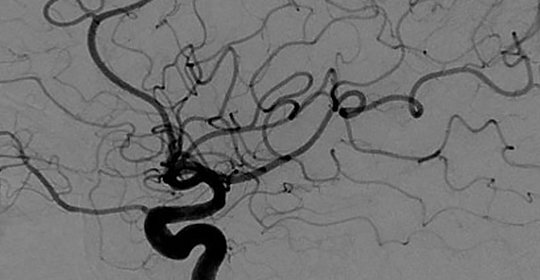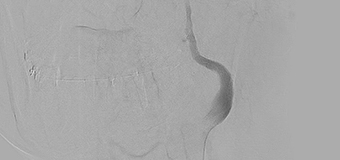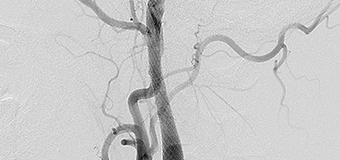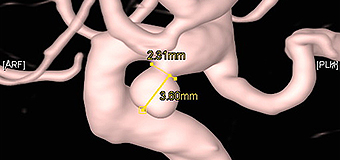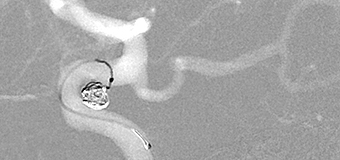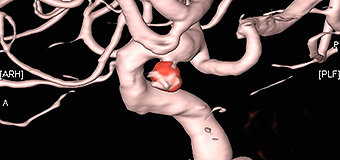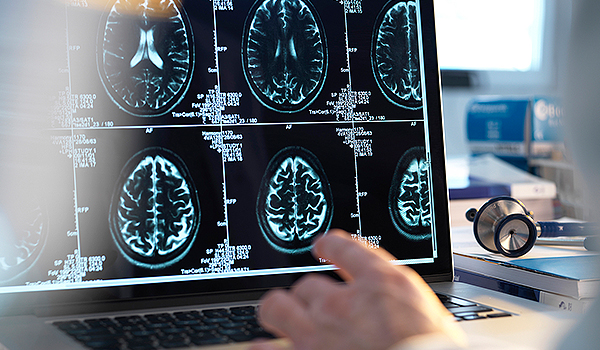- Departments/Doctors
- Medical Services
- Inpatient Services
- Emergency Medical Services
- Issuance Services
-
Neuro·Vascular Center
- Specialized Centers
- Emergency Medical Center
- Cancer Center
- Cardio·Vascular Center
- Neuro·Vascular Center
- Cardio·Cerebro·Vascular Intervention Center
- Spine Center
- Joint Center
- Rehabilitation Center
- Laparoscopic Surgery Center
- Gastrointestinal Endoscopy Center
- Hemodialysis Center
- Home Nursing Center
- Comprehensive Health Examination Center
- Referral Center
- International Healthcare Center
Cerebrovascular angiography
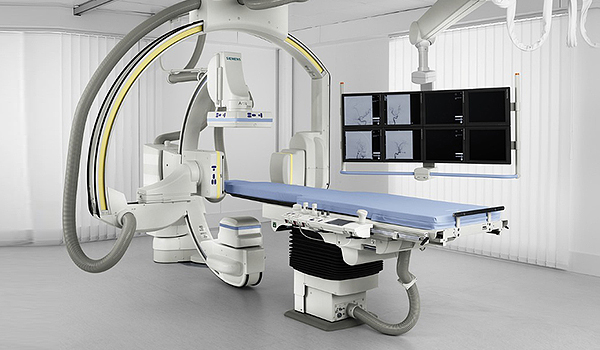
It is the most precise and safe test method to determine the state of cerebral blood vessels in which a 2mm tube called a catheter is inserted through the femoral artery, a contrast agent is injected, and an X-ray is taken.
Purpose of examination
Cerebrovascular angiography is an essential test for diagnosing cerebrovascular diseases (cerebral aneurysm, cerebral blood vessel stenosis and occlusion, carotid artery stenosis, etc.) and establishing a treatment plan. In particular, it is performed as the most accurate final stage examination because it can determine the condition of blood vessels more accurately than MRI/MRA (magnetic resonance imaging and angiography) and CT (computed tomography) examinations.
|
Before examination |
※ If you have any inconvenience or questions, notify the waiting medical staff. |
|---|---|
|
During examination |
※ Since it is performed under local anesthesia, the pain is not severe, but there may be some discomfort. During the test, you may feel a burning sensation, nausea, or headache, but it will disappear quickly, so you can rest assured. If your symptoms are severe, inform the medical staff right away. |
|
After examination |
※ If you experience chest pain, shortness of breath, or dizziness after the test, notify the medical staff immediately. |
- 1) If you have past surgeries, medical history, and allergies (drugs, contrast agents, etc.), notify the medical staff in advance.
- 2) You must tell us the name and dosage of the drug you are currently taking, and in particular, when taking warfarin (Coumadin), consult with your medical staff in advance and stop taking it.
- 3) If you are pregnant or of childbearing age, please inform the medical staff in advance.
- 4) After the examination, the patient's condition can be intensively observed in the intensive care unit.
- 5) It is recommended to drink plenty of water and urinate frequently to drain the contrast agent.




